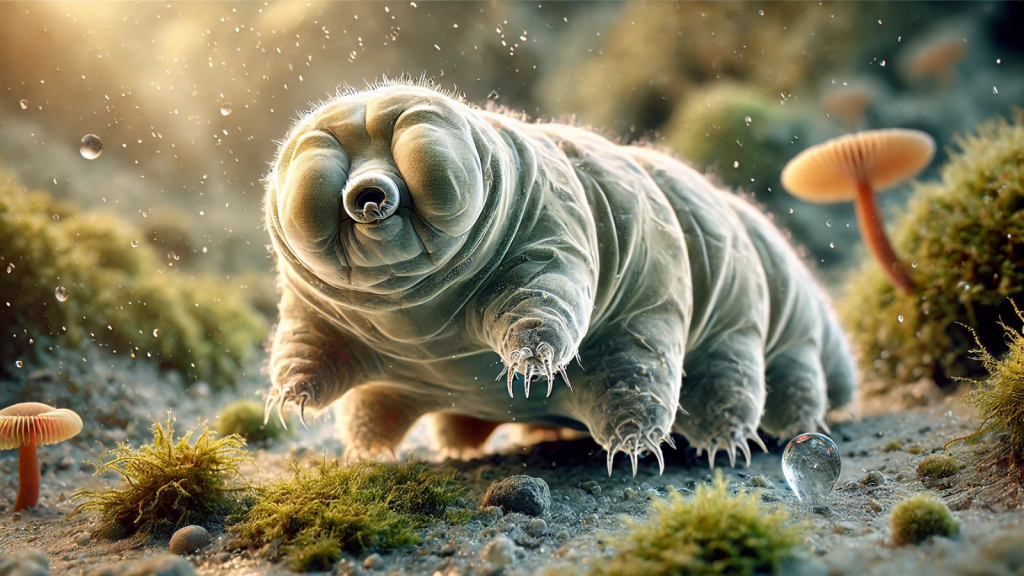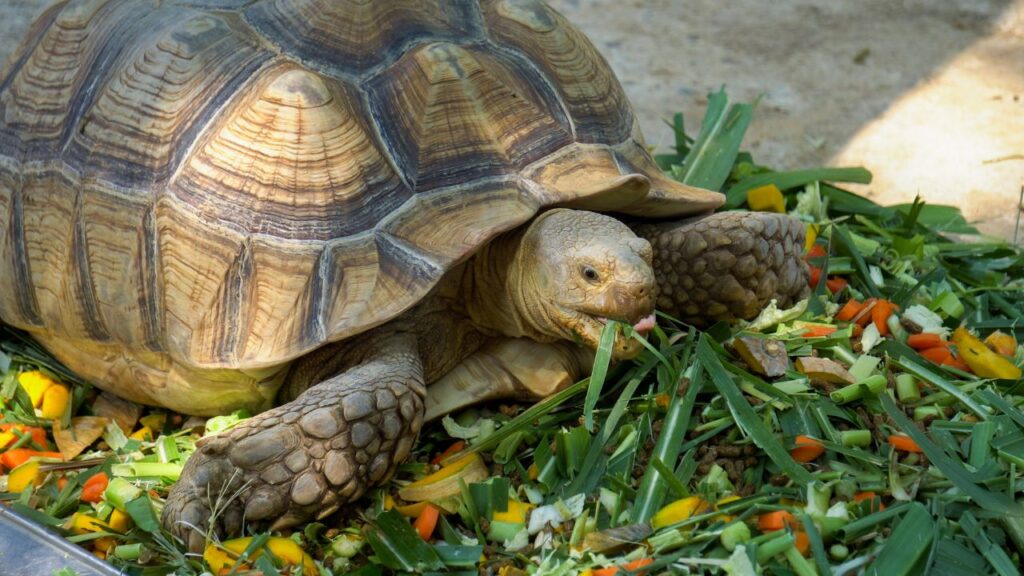Tardigrades, often called water bears or moss piglets, are microscopic animals that have captured the imagination of scientists and nature enthusiasts alike. These tiny creatures, barely visible to the naked eye, are known for their incredible resilience and ability to survive in extreme conditions. From the depths of the ocean to the vacuum of space, tardigrades have shown an uncanny knack for enduring what would be fatal to most other life forms. Their unique abilities and strange appearance have made them a subject of fascination and intense study. Let’s explore some mind-boggling facts about these remarkable little beings.
They Can Survive in Space
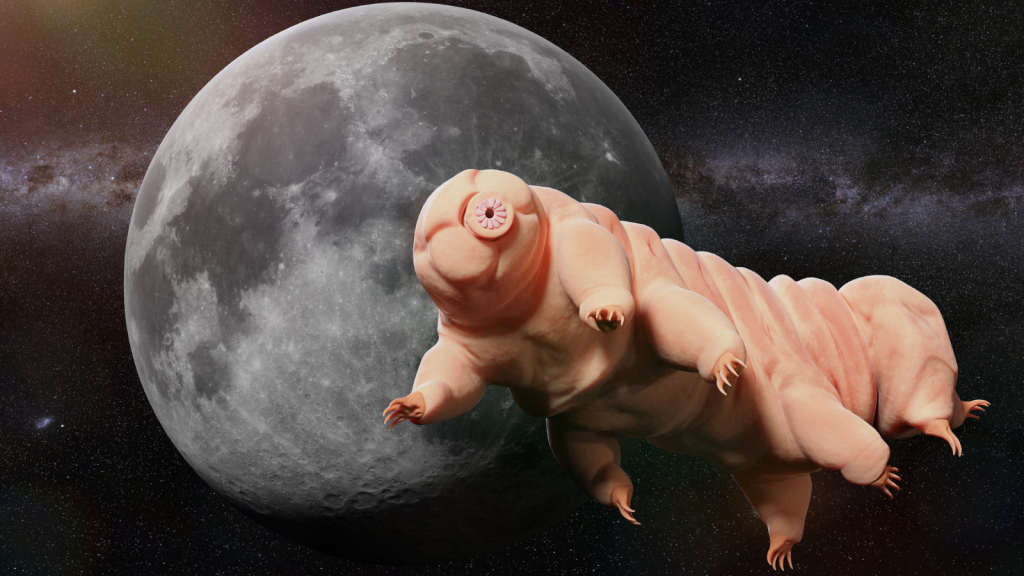
Tardigrades have been exposed to the harsh conditions of outer space and lived to tell the tale. In 2007, some of these microscopic creatures were sent into low Earth orbit for 10 days. They not only survived the vacuum and radiation but also managed to reproduce after returning to Earth. This extraordinary ability has led researchers to consider tardigrades as potential models for studying how life might survive on other planets.
Tardigrades Can Go Without Food or Water for Decades
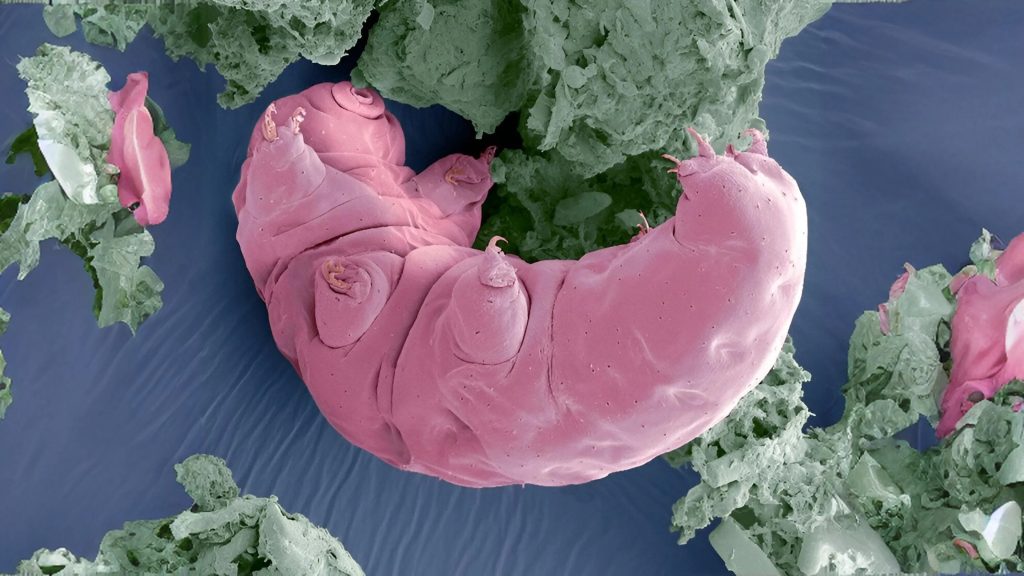
When faced with extreme conditions, tardigrades can enter a state called cryptobiosis. In this state, they can survive without food or water for up to 30 years. They essentially dry out and curl up into a ball, slowing their metabolism to a near standstill. During cryptobiosis, tardigrades produce a special type of sugar that helps protect their cells from damage.
They’re Found Everywhere on Earth
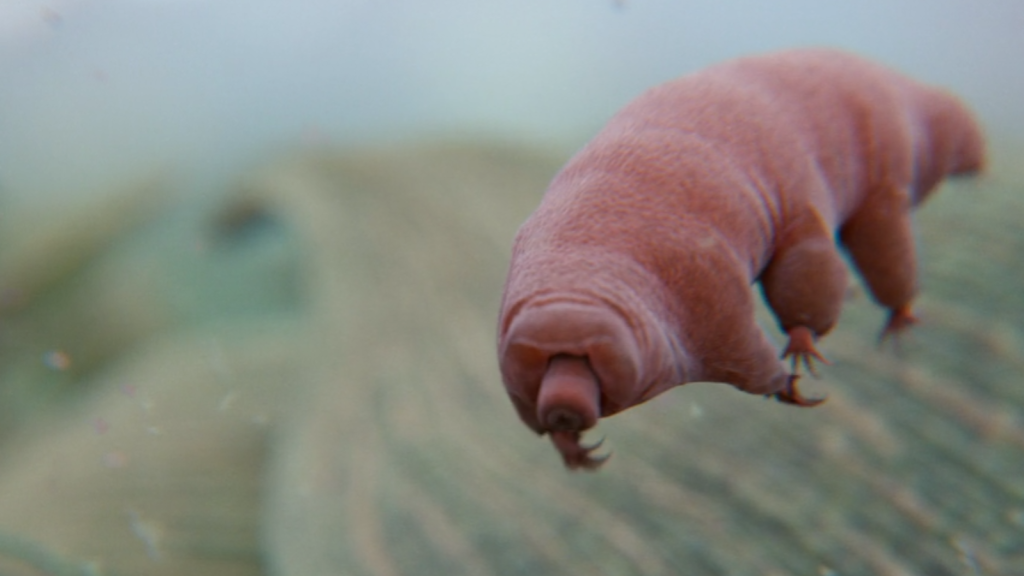
These tough little creatures have been discovered in every habitat on our planet. From the highest mountains to the deepest ocean trenches, and from tropical rainforests to Antarctic ice, tardigrades have made themselves at home in an incredible range of environments. Their widespread distribution makes them excellent subjects for studying how organisms adapt to diverse habitats.
Tardigrades Can Withstand Extreme Temperatures
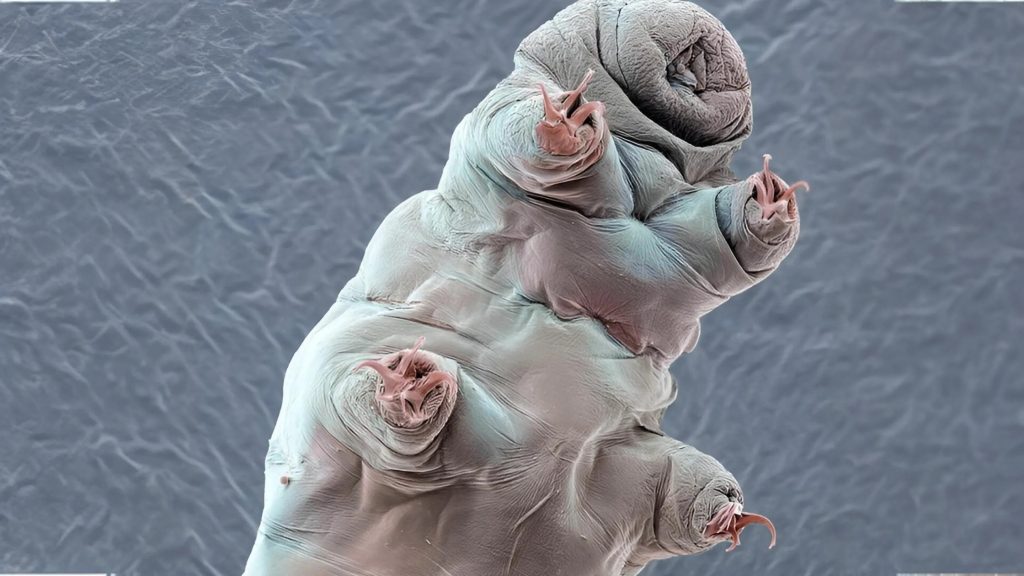
These resilient creatures can survive temperatures as low as -272°C (-458°F), just a shade above absolute zero, and as high as 150°C (302°F). This remarkable temperature tolerance far exceeds that of most other known life forms. Tardigrades achieve this feat by producing heat-shock proteins that protect their cells from temperature-related damage.
They Have a Unique Way of Walking
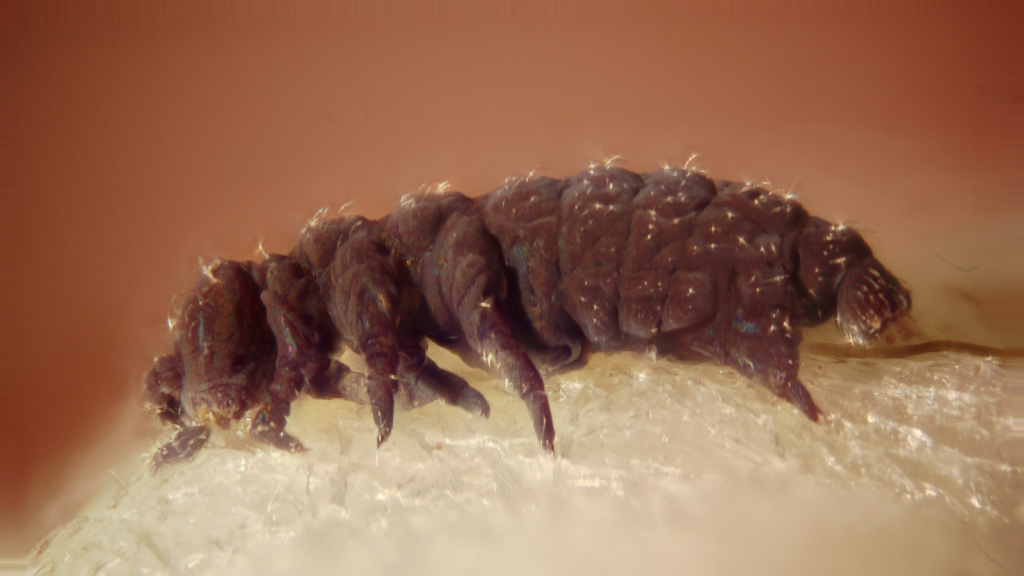
Tardigrades move in a manner similar to much larger animals, despite their microscopic size. They lumber along on their eight legs in a way that resembles bears, which is partly why they’re nicknamed ‘water bears’. Their distinctive gait is so charming that it has inspired numerous animations and even robots designed to mimic their movement.
Tardigrades Can Survive Extreme Pressure

These tiny animals can withstand pressures six times greater than those found in the deepest ocean trenches. They’ve been subjected to 6,000 atmospheres of pressure in labs and survived, which is equivalent to 600 times the pressure at sea level. This pressure resistance is partly due to their ability to enter a tun state, where they shrink and become extremely compact.
They Have a Strange Lifecycle
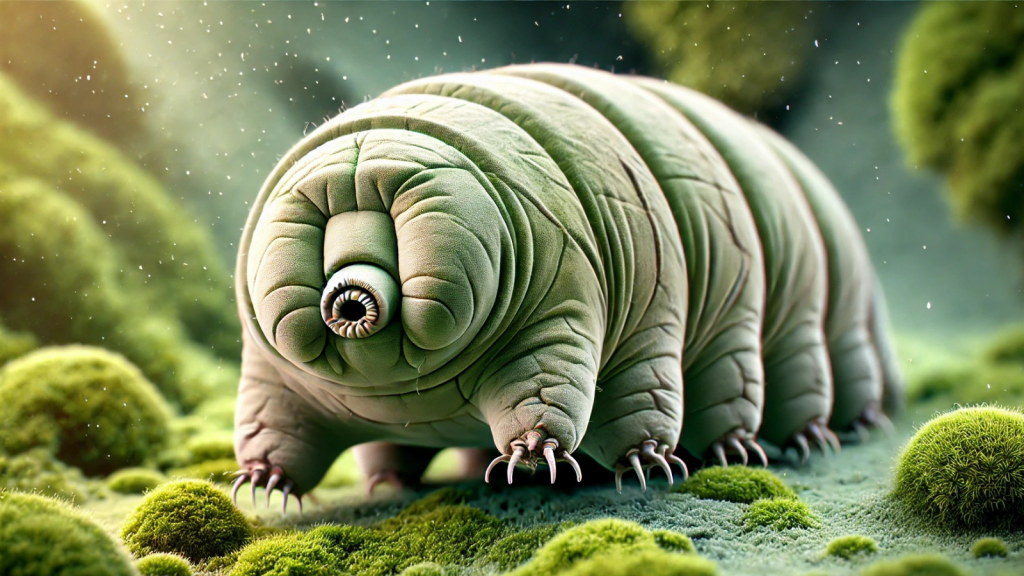
Tardigrades typically live for 3-4 months under normal conditions. However, their ability to enter cryptobiosis can extend their lifespan significantly. Some have been revived from dried moss samples over 100 years old. Interestingly, female tardigrades can produce eggs through parthenogenesis, meaning they don’t always need a mate to reproduce.
Tardigrades Can Repair Their Own DNA
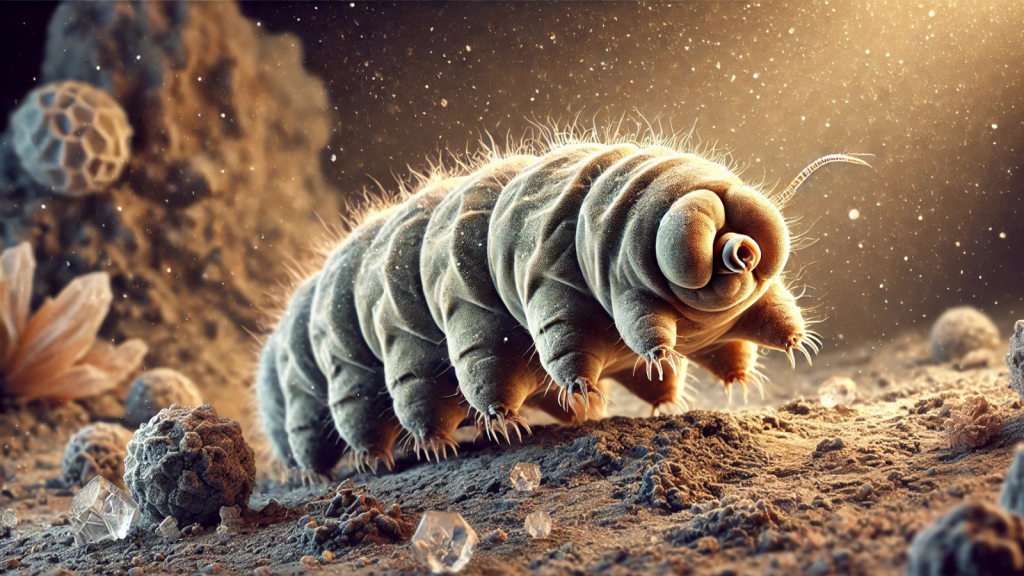
One of the secrets to their incredible resilience is their ability to repair DNA damage caused by extreme conditions. This includes damage from radiation, which would be fatal to most other organisms. Tardigrades possess a unique protein called Dsup (Damage suppressor) that protects their DNA and could potentially be used to protect human cells from radiation damage.
They Have a Unique Circulatory System
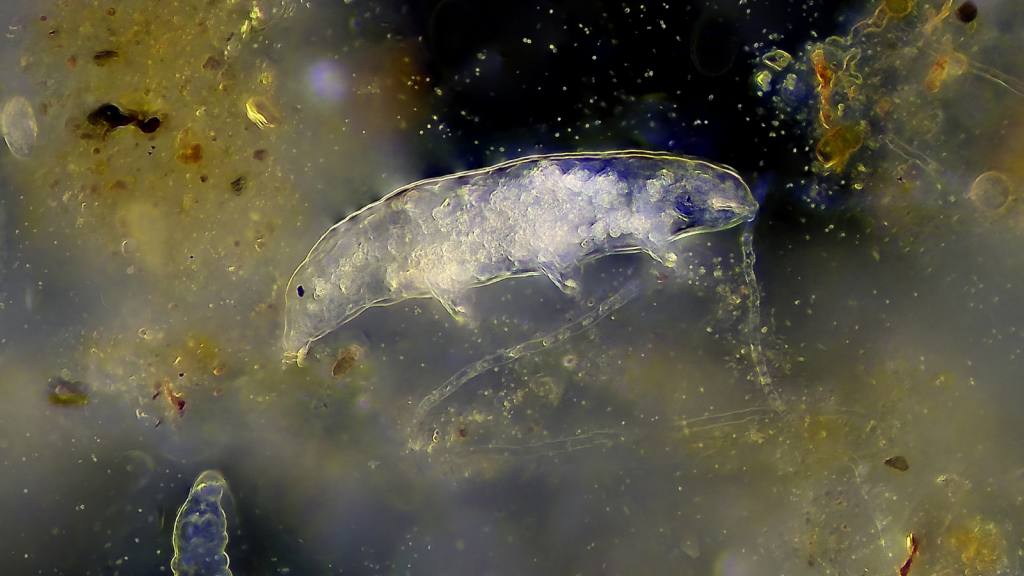
Unlike most animals, tardigrades don’t have a heart or blood vessels. Instead, their body cavity is filled with fluid that sloshes around as they move, distributing nutrients and oxygen throughout their tiny bodies. This simple yet effective system contributes to their ability to survive extreme conditions by reducing the number of complex systems that could potentially fail.
Tardigrades Can Survive Deadly Radiation

These microscopic marvels can withstand radiation levels up to 1,000 times greater than other animals. This is partly due to a unique protein that protects their DNA from breaking down under radiation stress. Some species of tardigrades have been found to survive doses of up to 5,000 Gy of gamma radiation, when 5-10 Gy would be fatal to most humans.
They Have Existed for a Very Long Time
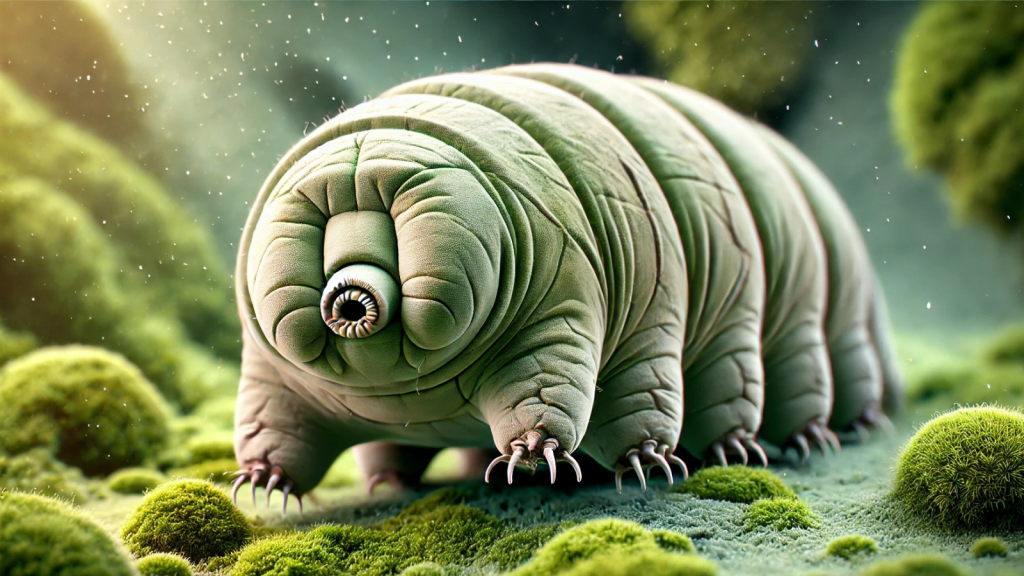
Fossil evidence suggests that tardigrades have been around for at least 530 million years. This means they’ve survived all five mass extinction events that wiped out countless other species. Their long evolutionary history has allowed them to develop their impressive survival mechanisms over millions of years.
Tardigrades Can Dry Out and Come Back to Life
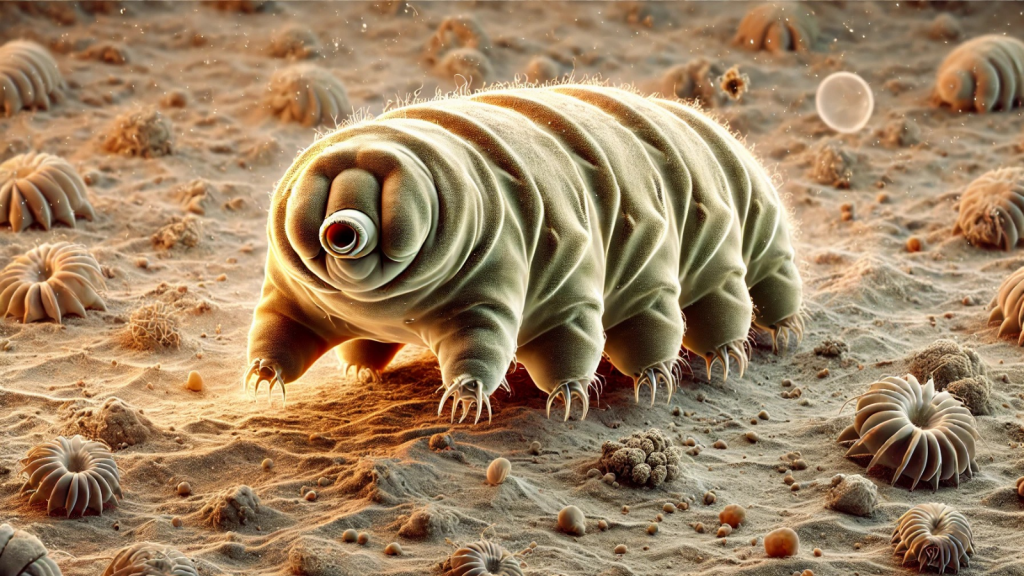
When faced with dehydration, tardigrades can lose up to 97% of their body water and enter a state called anhydrobiosis. In this dried-out state, they can survive for years and then ‘come back to life’ when rehydrated. During anhydrobiosis, tardigrades replace the water in their cells with a sugar called trehalose, which forms a gel-like substance that protects their cellular structure.
They Have Claws or Suction Cups on Their Feet

Depending on the species, tardigrades have either claws or suction cup-like structures on their feet. These help them grip onto surfaces in their watery habitats, from pond plants to sand grains. The number and shape of these claws or discs are often used by scientists to identify different species of tardigrades.
Tardigrades Have Been to the Deep Sea

These hardy creatures have been found living in sediments 4,000 metres below the ocean’s surface. They can withstand the crushing pressure and near-freezing temperatures of the deep sea with seemingly little trouble. Some deep-sea tardigrade species have evolved unique adaptations, such as longer claws, to help them navigate the muddy seafloor.
They Might Outlast Humanity
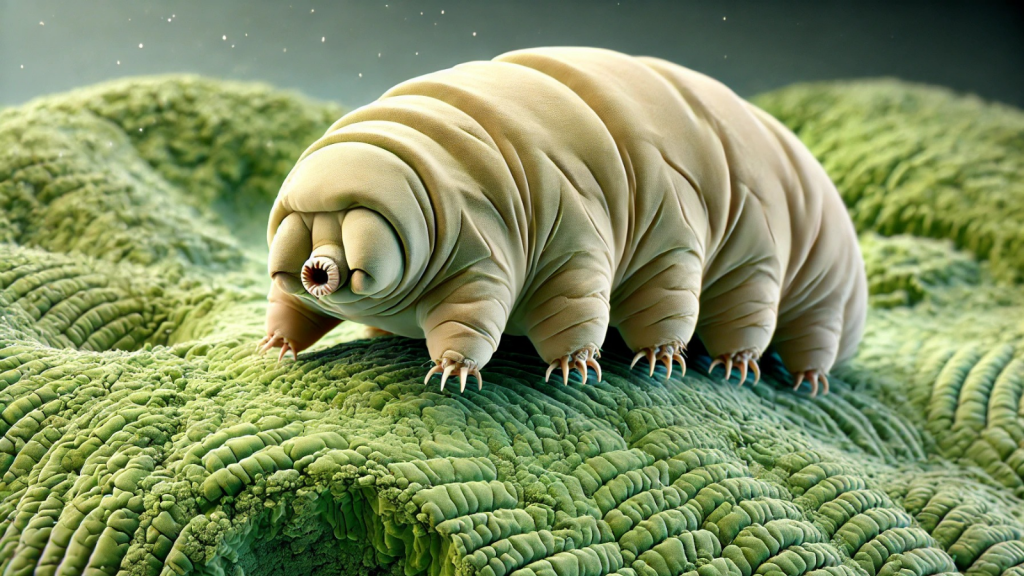
Given their ability to survive extreme conditions, some scientists speculate that tardigrades might outlast humanity and most other life on Earth. They could potentially survive many of the catastrophic events that might wipe out other species. This resilience has led to tardigrades being considered as potential ‘backwards panspermia’ candidates, potentially capable of surviving interplanetary travel and seeding life on other worlds.
Becky is a fervent wildlife enthusiast and pet care expert with a diploma in canine nutrition. Her love for animals stretches beyond the domestic, embracing the wild tapestry of global fauna. With over a decade of experience in animal welfare, Becky lends her expertise to OutlandishOwl through insightful articles, captivating wildlife information, and invaluable guidance on pet nutrition. Her work embodies a deep commitment to understanding the intricate lives of animals and a passion for educating others on sustaining natural habitats. Becky's hands-on conservation efforts and her knack for translating complex dietary science into practical pet feeding tips make her an indispensable voice for creatures great and small.

